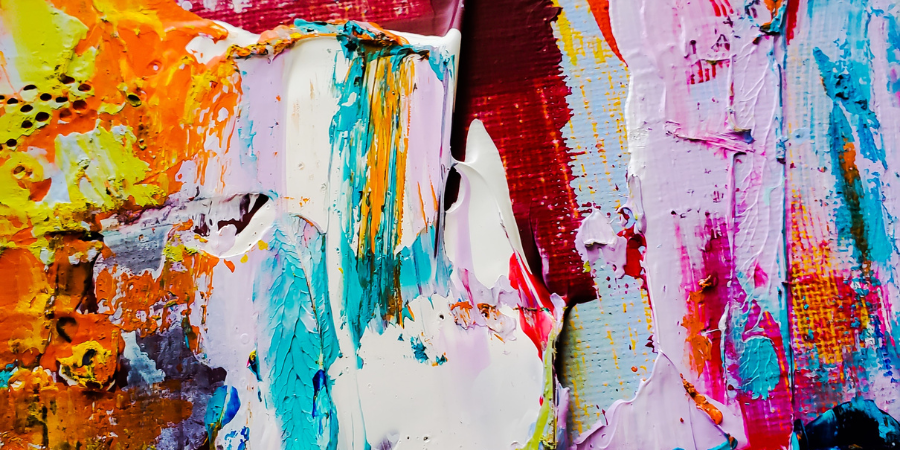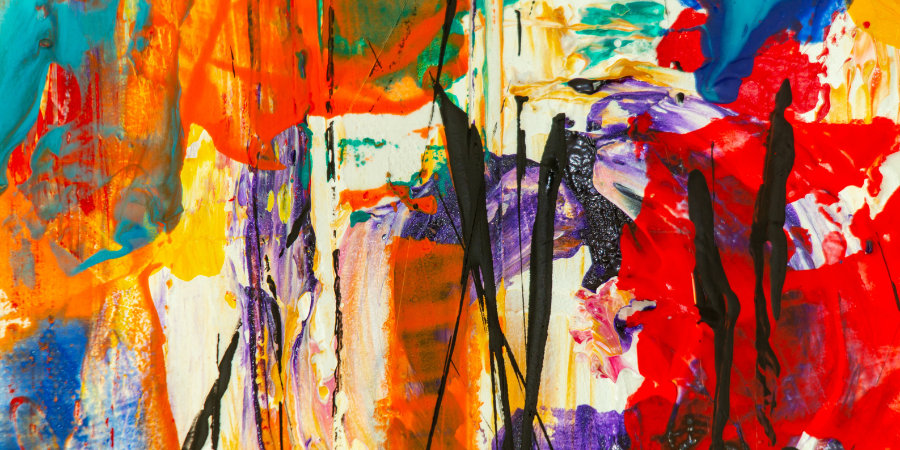
Written by:

Medically Reviewed by:
Last Updated:
March 27th, 2025
Art therapy
Art therapy is a form of psychotherapy that is used to improve and enhance the physical, mental, emotional and spiritual well-being of participants. At UKAT, art therapy is an important part of our comprehensive addiction treatment programmes which allows you to express yourself, let off steam and be creative. Combined with our other addiction therapies, art therapy will help you get the most out of your time in rehab and explore new ways to relieve stress and cope with difficult emotions.

What is art therapy?
Art therapy uses art-making to help people express themselves and explore their emotions. It is based on the belief that the creative process can be healing and therapeutic.
Art therapy works by providing a safe space for you to express yourself creatively and communicate feelings that you can’t or don’t want to put into words. This can help you to process difficult emotions and experiences, gain insight into your thoughts and feelings and develop new coping strategies. Making art can also be a way to relax and de-stress and feel more connected to yourself and the world around you.
Art therapy can be done as an individual, with your family or as part of a group. It can help people with a wide range of conditions including addiction, anxiety, depression, trauma and eating disorders.
Art therapy for addiction recovery
Art therapy is used to help a range of conditions including addiction. Art therapy for substance abuse can be used at any stage of treatment, from detox and withdrawal to aftercare and recovery and is a flexible approach that can be adapted to meet the needs of each person. Some of its benefits in addiction treatment include:
- Learning to understand and express your emotions in a healthy way
- Developing new ways to deal with stress and anxiety
- Developing self-awareness and confidence
- Improving communication and relationships
- Working through traumas and difficult life experiences
- Discovering new interests and talents
All of these are very important for people who are addicted to drugs, alcohol or harmful behaviour because addiction is a multi-faceted condition which does not just affect you physically, but damages every part of your life. From mental health issues to low self-esteem to the break-up of relationships, art therapy can help you to deal with these underlying issues caused by addiction in a safe and healthy way. It can also be a way to let off steam and do something that you feel proud of which can help you to overcome any negative feelings you have about yourself.
How does art therapy complement other addiction treatments?
In terms of alcohol addiction and drug addiction, art therapy can be a useful tool in helping the recovering addict identify the root causes of addictive behaviour.
Using art as a means of self-expression, you will be encouraged to:
- Explain what motivates you to use substances
- Conceptualise what triggers your addictive behaviour
- Identify hidden temptations you didn’t know existed
Art therapy can be used in conjunction with traditional therapies such as Cognitive Behavioural Therapy (CBT) and Dialectical Behaviour Therapy (DBT) with art therapy providing a more creative outlet for emotions and experiences. It can also be used in group therapy sessions to help build trust and rapport within the group because art therapy provides a non-threatening way for people to open up and share their feelings. This helps to break down barriers between people and foster a sense of connection and understanding which is so important for addiction recovery.
Going through rehab can be mentally and emotionally draining and put major stress on your body. Art therapy can provide a much-needed break from traditional therapies and give you time to relax and recharge. It can also help to ground you and provide a sense of stability during this chaotic time.
In addition, art therapy can be used after rehab to help you maintain your sobriety. It can be a way to deal with triggers and cravings, manage stress and anxiety, and stay connected to your recovery.
What forms does art therapy take?
Art therapy can take many different forms, depending on what you want to achieve and what suits you best. It can be as simple as drawing or painting in a notebook at home or it could involve more structured activities. Art therapy is a collaborative process between you and your therapist. They will provide guidance and support and help you to reflect on your artworks and what they mean to you.
Although there are many ways to apply art therapy to emotional issues and addiction recovery, the three most common forms are:
Gestalt Method
With this approach, your therapist will attempt to help you verbalise your thoughts and emotions by beginning with the creation of artwork that might express them. The goal is to provoke a deeper conversation with you during the creation process by encouraging you to describe what the artwork represents.
Active Imagination
The active imagination technique is not about trying to uncover trapped emotions and thoughts. Rather, you will be encouraged to imagine and create any kind of work you choose. Your therapist will then observe what is being created and ask specific questions designed to connect your artwork with your thoughts and emotions.
Third Hand
With this method, your therapist will assist you with the creation of the art while you direct them. By telling your therapist what to do, you will be verbalising your thoughts in an indirect way. This can be a good approach if you find it difficult to open up and communicate.
Our art therapy programmes at UKAT encompass various methods to address our client’s diverse needs and target various aspects of their addiction and mental health conditions. For detailed information on art therapy offerings at our UKAT rehab centres, we encourage you to contact us directly. Our team will gladly provide further insights into our art therapy programmes.
Frequently asked questions
Disclaimer:
The availability of therapies may vary across UKAT centres. The specific therapies provided will be determined based on your treatment plan and the programme offered at your chosen facility. All treatments are subject to clinical assessment and programme availability at the time of admission. For further details on the therapies included in your treatment plan, please contact our admissions team.



